
As the Black Lives Matter movement gained momentum this year, Black scientists jumped in to call for inclusivity at school and work.
Within days of the news that a Black bird watcher, Christian Cooper, had been harassed in New York City’s Central Park, the social media campaign #BlackBirdersWeek was launched (SN Online: 6/4/20), followed closely by #BlackInNeuro, #BlackInSciComm and many others.
Young scientists led many of these efforts to make change happen. Science News talked with some of these new leaders, as well as a few researchers who have been pushing for diversity in the sciences for years and see new opportunities for progress.
The following conversations have been edited for length and clarity.
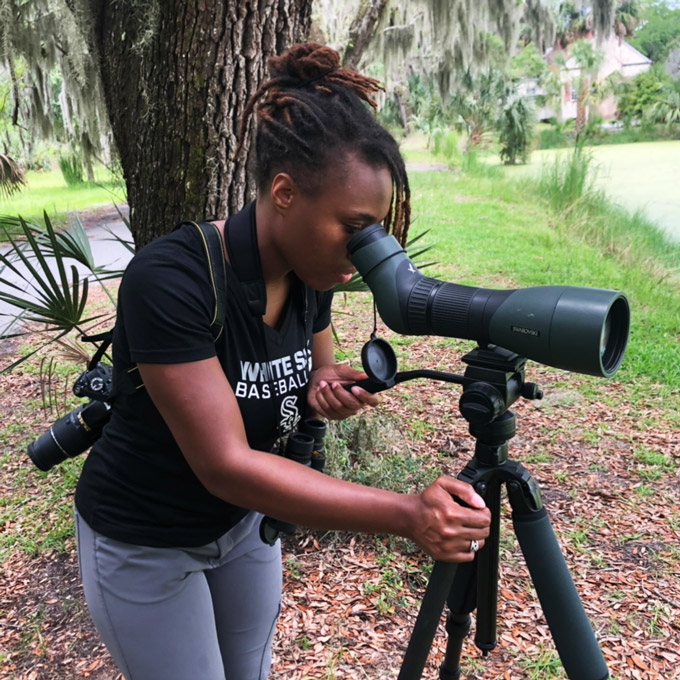
Deja PerkinsJason Ward
Deja Perkins
Urban ecologist
North Carolina State University
President, BlackAFinSTEM
Co-organizer, #BlackBirdersWeek
What prompted you to act?
After the May 25 incident that happened to Christian Cooper, Anna Gifty, another member of BlackAFinSTEM [a collective of Black professionals working across STEM fields], thought that it would be wise to highlight other Black birders. BlackAFinSTEM organized a week of events within about 48 hours. It was a good way to capture the momentum and bring attention to the experience of Black people outdoors. Any one of us could have been Christian Cooper. A lot of BlackAFinSTEM members have experienced racism in the field or have had negative experiences with the police.
What makes this year’s diversity initiatives different?
The collective effort of all of these events — #BlackHikersWeek, #BlackBotanistsWeek, #BlackInNationalParks, #BlackInNeuroWeek — is bringing more attention to the murders and harassment of Black people who are carrying out everyday tasks. These initiatives are making it easier for people who want to hop on board and make a difference.
Have you seen immediate effects?
Some organizations quickly responded to break down some of the barriers that prevent Black and Indigenous people from entering into the environmental space. The Free Binoculars for Black Birders campaign provided binoculars to anyone who identified as Black and wanted a pair of binoculars, and a similar campaign launched specifically for kids. Some organizations, such as the Wilson Ornithological Society, offered free memberships. And we have seen an increase in organizations reaching out to BlackAFinSTEM to hire some of our members for presentations, workshops and program development.
What could get in the way of lasting change?
One barrier I can foresee is gatekeeping. It’s still on a lot of organizations, nonprofits and government agencies to hire qualified Black professionals. Those groups hold the power for change, and so they have to take the initiative to hire qualified individuals.
With #BlackBirdersWeek and BlackAFinSTEM, we have been creating our own table to get more people engaged and involved in the outdoors. But we can only do so much. It really comes down to partnerships, working with other established organizations to continue to make change. — Carolyn Wilke
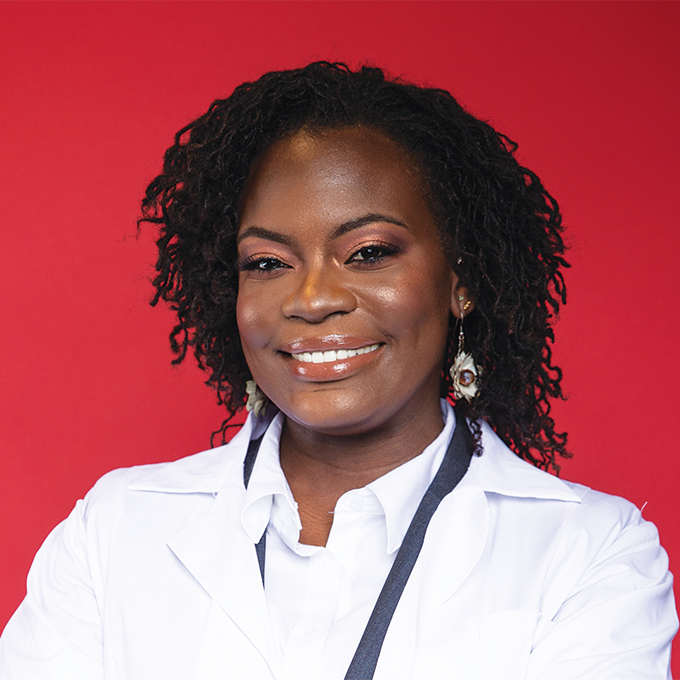
Raven Baxter
Science education graduate student
University at Buffalo
Raven the Science Maven on YouTube
Founder, @BlackInSciComm
What prompted you to act?
I founded #BlackInSciComm out of the need for Black voices in the science space. This year has been very hard for many, but particularly for Black people. And we’ve been feeling like Black science communicators have been using their voices advocating for racial justice and for their lives and for their freedom. That comes at a great price. They are sacrificing their voices in science to make sure that people understand that their lives matter. And, you know, that shouldn’t even have to be the case.
What makes this year’s diversity initiatives different?
We saw the importance of owning our own narrative. That’s why we’re seeing so many “Black in X” movements. Everybody is unique and doing special work. It should all be celebrated.
What long-term effects do you envision?
I think it’s going to be amazing for future generations. One of the biggest issues that marginalized folks have is imposter syndrome — the product of not feeling like you belong because you don’t see anybody like you in your field. So you’re doing well and you’re succeeding, but you feel like you’re an imposter because the narrative that’s been pushed for so long is that we’re not in these fields or that we don’t do well in these fields. But that’s not true.
How do this year’s efforts make you feel?
We’re setting roots that spread a message that Black people do belong in things, and building up new generations of STEM professionals. I can tell that people want to support and amplify Black voices and invest in the community and it’s so cool. I just feel very loved, and I feel like we are giving love. — Bethany Brookshire
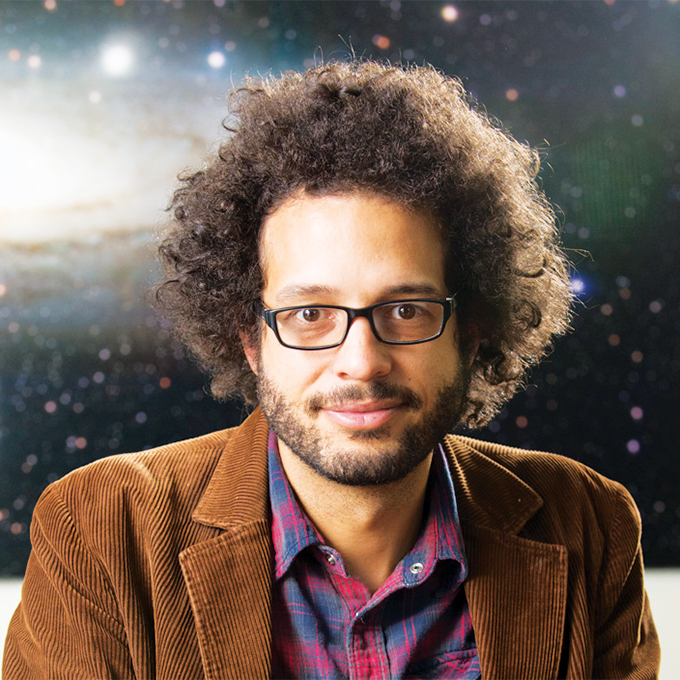
Brian Nord
Cosmologist
Fermilab
Co-organizer, Strike for Black Lives
What prompted you to act?
In early June, Chanda Prescod-Weinstein of the University of New Hampshire and I initiated the Strike for Black Lives. The Particles for Justice collective, a group of scientists who originally convened to condemn sexism in STEM, organized and promoted the strike very quickly.
I had worked for a long time within the institutionally paved pathways to make change, and I tried to make new pathways. But, when I looked around, I saw promises unkept and much work to be done. For years, there’s been way too few Black faculty in physics plus too little investment by academic institutions in Black communities. And there’s been little to no accountability for racist and misogynist behavior that drives Black people away from research. It’s time for these things to end. We needed to do something different.
What was the aim of the June 10 Strike for Black Lives?
The core objective was for non-Black scientists to stop doing science for a day and invest their time into building an antiracist, just research environment. For Black scientists and other academics, the day was intended for rest or doing the work they may not have otherwise had time to do. Often, when I spend time fighting racism in STEM, this is time that I don’t spend doing research or with family. That’s time that my white colleagues have to get research done.
I have the privilege to explore nature, to investigate and extend the edge of knowledge. How many more [people] have wanted to do this but have been denied the opportunity? I’m here to imagine and learn how the universe works. I’m also here to imagine and build just research communities, where Black people have the opportunity to pursue their cosmic dreams.
Have you seen any immediate effects from the strike?
I’ve seen many scientists begin to invest time in the study of racism, white supremacy, misogyny, and begin to observe how these forces permeate society — including the scientific community — to disenfranchise Black people and other people of color. I’ve also seen scientists begin to take action to deflate or confront these forces, and to start creating a just research environment. — Maria Temming
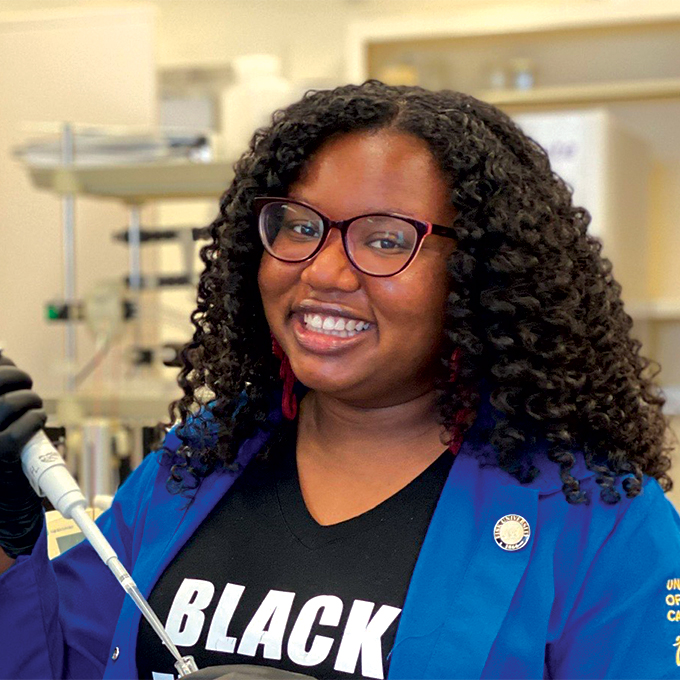
Angeline Dukes
Neuroscience graduate student
University of California, Irvine
Founder and president, @BlackInNeuro
What prompted you to act?
A lot of it was being one of two Black women in my department. It’s very isolating. Thank God I have her to talk to. But a lot of other Black students in neuroscience don’t even have that.
And we don’t have any Black faculty in our department. It’s not like we have someone who understands what it’s like to be a Black person and to be witnessing these brutal murders and all this police brutality. It’s emotionally and mentally draining, but we still have to be in the lab. And of course, it’s still a pandemic. There is so much going on.
Having a community who just gets it, and understands exactly what we’re going through and can support and uplift and just be there for us, is a major driving force in #BlackInNeuro. There are people out there who care about you and understand your experiences without you having to explain why you feel this way.
What initiative did you launch?
It started with a tweet: “Sooo when are we doing #BlackInNeuro week?” I didn’t expect to get a huge response. I didn’t have a huge following on Twitter. But a lot of people were very interested.
The same night I sent the tweet out, we made a Slack channel. We had about 22 people join. That was on Friday. By Sunday we had our first meeting. In about three weeks, we had organized the whole week [July 27 to August 2].
We got speakers and panelists from different career stages to talk about their experiences. We used hashtags to plan events and different ways of highlighting and amplifying Black voices and Black research and Black people in neuroscience-related fields. We want this to be a lasting thing. One week isn’t nearly enough for us to actually make a continuous change.
What makes #BlackInNeuro have such potential?
It is led by Black people for Black people. We are mostly graduate students and postdocs, so it’s a trainee-led initiative. There aren’t a lot of Black people in faculty positions. There are more of us at the graduate level. We have the energy and the drive to build a community and hopefully retain more of us in these fields so we can get those faculty positions.
What long-term effects do you envision?
The Society for Neuroscience meeting was canceled because of COVID. Black trainees would have used that as an opportunity to present their research. We held a mini-conference in late October to have a space for them to get that presentation experience and networking experience and professional development workshops.
How did this year’s efforts make you feel?
We did a #BlackInNeuro roll call [an invitation for people to share their own stories on social media]. What was really nice about that was seeing all the different Black neuroscientists, Black neuroengineers. Just seeing that there were so many Black people in this field was amazing to me.
We had a [virtual] social for Black women in neuro. It meant the world to me to be able to connect in that way with so many other Black women. I got to see them as people and not just names on paper. The whole week, I really loved all of it. — Laura Sanders
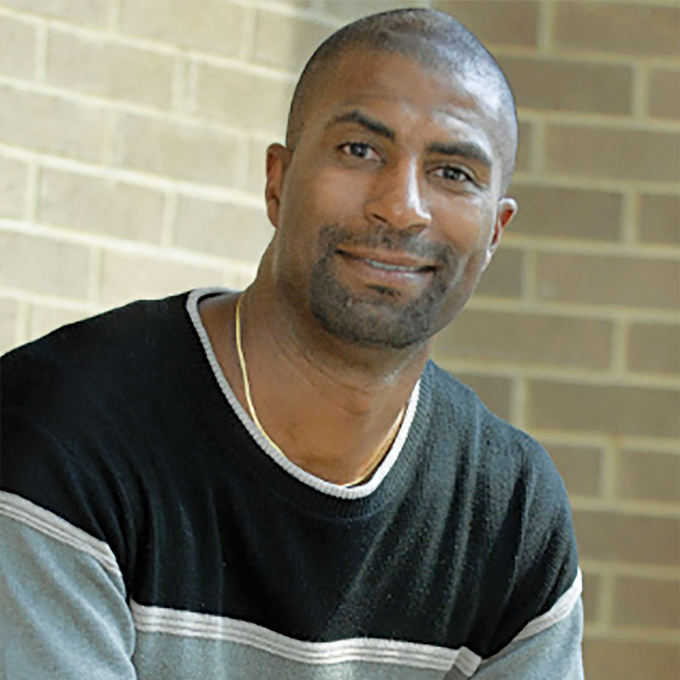
Gary Hoover
Economist
University of Oklahoma
Cochair, Committee on the Status of Minority Groups in the Economics Profession, American Economic Association
What initiative have you been involved with?
For the last eight years, I have served as cochair of the Committee on the Status of Minority Groups in the Economics Profession. As such, I see all the data on minority representation and the number of minorities that we have in our field. That number always has been really, really low. In fact, economics has a lower percentage of minorities, or at least Blacks, than does pure mathematics. That is damning.
In early 2019, the American Economic Association sent out a survey about the state of our profession. The results showed that women and minorities didn’t feel good about things. My committee cochairs Ebonya Washington, Amanda Bayer and I realized that the survey only included people in the profession. For our survey, appearing in the Summer 2020 Journal of Economic Perspectives, we found people who had left the profession by looking at former participants in a decades-old summer program aimed at training undergraduates for careers in economics. Minority students didn’t always feel welcomed into the field. They weren’t told, “This is a big tent and there’s room for you here in this profession.”
What prompted you to act?
My first job out of graduate school was at the University of Alabama. I was the first Black tenure-track faculty member hired in the business school. Once I received tenure, around 2003, the university made me the assistant dean for faculty and graduate student development. My job was to recruit and retain Black faculty. By the time I left that job in 2014, the University of Alabama business school had more Black faculty and graduate students than all the other schools in the Southeast Conference combined. Since I left, those numbers have fallen off, which shows that we need active recruitment.
What makes this year’s diversity initiatives different?
Right after things blew up this summer with George Floyd’s death, the American Economic Association put out a statement about how much diversity and inclusiveness matters in our profession. Myself and Ebonya Washington, we said to them, “Statements aren’t enough. What are you going to do?”
We went to them with five actionable items, now permanent and annual parts of the American Economic Association initiatives for diversity and inclusion. One of the initiatives presents opportunities for underrepresented minorities to meet with a high-ranking person in the economics profession. We are talking about Ben Bernanke–type names, really high-profile economists. We succeeded because we went to the executive board with proposals already in hand.
What change would you like to see?
As economists, we know that if you want to change people’s behavior, you need incentives. For instance, we tell people they won’t get tenure if they don’t have a certain level and quantity of publications. That’s clearly written out and people know that and they respond by producing the quantity and quality of publications that are necessary. Why don’t we have that for diversity? If a school wants to diversify its econ department, it can say to the chair: “Your tenure status, your raises, your promotion are all tied to how well your department diversifies.” We can get what we’re looking for. It’s economics. It’s what we do. It works.
What is lost when minority voices aren’t at the table?
Policy makers come to economists for advice. But when you’ve got a sizable portion of your labor force of economists sitting it out because the climate isn’t inviting for them, then you can’t give good advice. What’s going to happen next is policy makers are going to start going to the fields that do give more inclusive advice. We’re just going to get left behind. — Sujata Gupta

 A new treatment could restore some mobility in people paralyzed by strokes
A new treatment could restore some mobility in people paralyzed by strokes  What has Perseverance found in two years on Mars?
What has Perseverance found in two years on Mars?  This robot automatically tucks its limbs to squeeze through spaces
This robot automatically tucks its limbs to squeeze through spaces  Greta Thunberg’s new book urges the world to take climate action now
Greta Thunberg’s new book urges the world to take climate action now  Glassy eyes may help young crustaceans hide from predators in plain sight
Glassy eyes may help young crustaceans hide from predators in plain sight  A chemical imbalance doesn’t explain depression. So what does?
A chemical imbalance doesn’t explain depression. So what does?